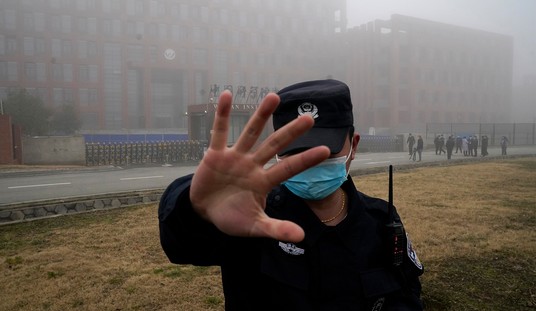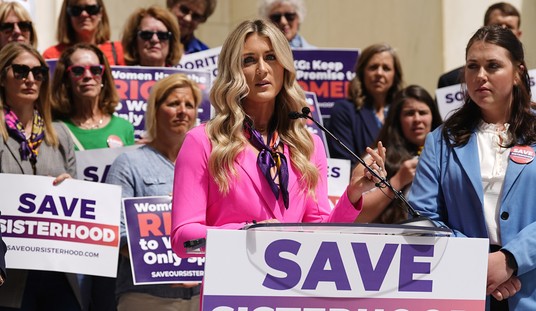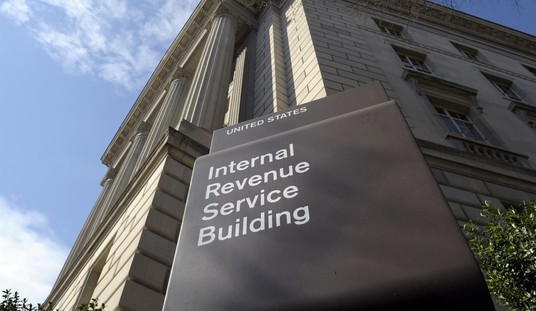The so-called Cornyn amendment, though touted by some as a “poison pill” to the Gang of 8’s S. 744, is little more than a fig leaf for the toothless border security measures in the underlying bill. Despite some improvements, the Cornyn amendment adopts the same framework (and, in many cases, the exact language) of the Gang of 8 bill–granting legalization before border enhancements, encouraging more illegal crossings, and removing any incentive to actually secure the border.(1) The bill accepts the Gang of 8’s premise that legalization must come first, with border security to follow. The Cornyn amendment retains the Gang’s trigger structure, granting legalization to the 11 million illegal immigrants immediately and mandating security measures 10 years later.(2) The Cornyn amendment does not substantially change the border control metrics in the Gang of 8’s bill—in fact, it uses the same 90% apprehension-rate measure that is easily manipulated. The Gang of 8 bill requires “persistent surveillance” of the entire border and a 90% “effectiveness rate” (defined as deterring or apprehending 90% of illegal crossings). Cornyn’s amendment requires “situational awareness” (meaning having surveillance in place) and a 90% “apprehension rate.” There is no meaningful distinction between these metrics.(3) The Cornyn amendment does not require completion of a biometric entry-exit system at land ports (as required by current law) prior to granting legalization or green cards. Current law requires a biometric entry/exit system at all air, land, and sea ports of entry; the Cornyn amendment would allow illegal immigrants to get green cards and citizenship even if no biometric system exists for land ports, despite the prevalence of visa overstays from Mexico.(4) Like the Gang of 8 bill, the Cornyn amendment does not require a single additional border patrol agent be on the ground prior to the legalization of illegal immigrants. The Cornyn amendment calls for 5,000 additional Border Patrol Agents, admittedly an improvement over the Gang of 8’s failure to require a single additional border patrol agent; however, the amendment does not ensure that any of those agents are added prior to legalization and only requires the DHS Secretary to “make progress in increasing such number of officers during each of fiscal years 2014 through 2017.” This Administration has made clear its belief that no additional Border Patrol Agents are necessary. Therefore, it is almost certain this discretion will be used to delay the addition of these agents.(5) The Cornyn amendment, like the Gang of 8 bill, does not require a single foot of fencing be built along the border – even though current law requires 700 miles of double-layer fencing. The Cornyn amendment makes no changes whatsoever to the Gang of 8’s plan with regard to fencing. Thus, it leaves the construction of new fencing entirely to the Obama Administration’s discretion, despite the Administration’s refusal to comply with current law requiring fence construction.(6) The Cornyn amendment fails to grant border patrol full access to public lands. Like the Gang of 8 bill, the Cornyn amendment requires that Border Patrol be granted access to public lands only in southern Arizona, and allows limitations on enforcement activities to “protect the natural and cultural resources on federal lands.” Furthermore, the amendment places Border Patrol activities under the requirements of the Secretaries of Interior and Agriculture, who for years have required extensive reporting, permissions, and fees out of the Border Patrol for ‘use’ of federal lands for Border Patrol activity. This provision will not ensure security, and may be a step backward.(7) The Cornyn amendment, like the Gang of 8 bill, invites the Department of Justice’s controversial, politicized Civil Rights Division to second guess law enforcement decisions. This bill empowers the Civil Rights Division to meddle in DHS’s use of force policies and create mandatory cultural sensitivity and ecological impact training. These provisions potentially demean Border Patrol agents. Furthermore, these provisions hinder agents’ ability to defend themselves and secure the border against dangerous human smugglers, and smuggling scouts, drug mules, and violent cartel members.(8) This amendment, like the Gang of 8 bill, allows the DHS Secretary to abdicate his or her authorities under the bill to the Secretary of Agriculture, the Attorney General, the Secretary of Defense, the Secretary of Health and Human Services, the Secretary of State, or the Commissioner of Social Security. Such delegation of authority reduces accountability to congressional oversight, consolidates even more power in the executive branch, and leads to duplicative and burdensome regulations.(9) The Cornyn amendment contains multiple mandatory minimum criminal penalties, objectionable to many senators.(10) Like the Gang of 8 bill, the Cornyn amendment preserves the expedited path to citizenship for agricultural workers and DREAMers, allowing these individuals to apply for legal permanent residency within five years, regardless of whether the border has been secured. Not only is doing so irresponsible, but it is unfair to legal immigrants who often wait decades to become citizens.(11) The Cornyn amendment, like the Gang of 8 bill, fails to require congressional approval or agreement that legalization triggers have been met. Instead, it includes meaningless language expressing only the “sense of Congress” that the Senate should weigh in on whether the triggers have been achieved.(12) The Cornyn amendment sunsets the Southern Border Security Commission it creates to consult with the Secretary (the commission has no other authority) after 10 years, regardless of whether the border has been secured.(13) The Cornyn amendment adopts the untested and flawed employment verification system in the Gang of 8 bill as a replacement for the existing, successful E-Verify program that is already 99.74 percent effective in determining work authorization.(14) The Cornyn amendment creates a new, wasteful, and harmful federal bureaucracy, known as the Immigration Ombudsman, to process complaints against the Border Patrol, USCIS, and ICE. These agencies are already appropriately subject to oversight by Congress and other agencies. Creating an internal ombudsman’s office will only serve to micro-manage the decisions of law enforcement officers under stressful conditions, undermining enforcement efforts and weakening confidence in agencies already suffering from damaged credibility.(15) The Cornyn amendment maintains the broad delegation authority granted to the Secretary by the Gang of 8. Both measures allow the Secretary to delegate ANY authority granted therein to the Secretary of Agriculture, Attorney General, the Secretary of Defense, the Secretary of Health and Human Services, the Secretary of State, or the Commissioner of Social Security.(16) Both the Cornyn amendment and the Gang of 8 bill require that consideration be given to family unity and “other public interest factors”when determining whether to repatriate or prosecute individuals apprehended at the border. Both measures require border officials to ask each individual apprehended at the border whether they are a parent, legal guardian, or primary caregiver of a child or traveling with a spouse or child, and to ascertain whether repatriation raises any humanitarian or safety concerns.
Problems with the Cornyn Amendment

Advertisement










Join the conversation as a VIP Member